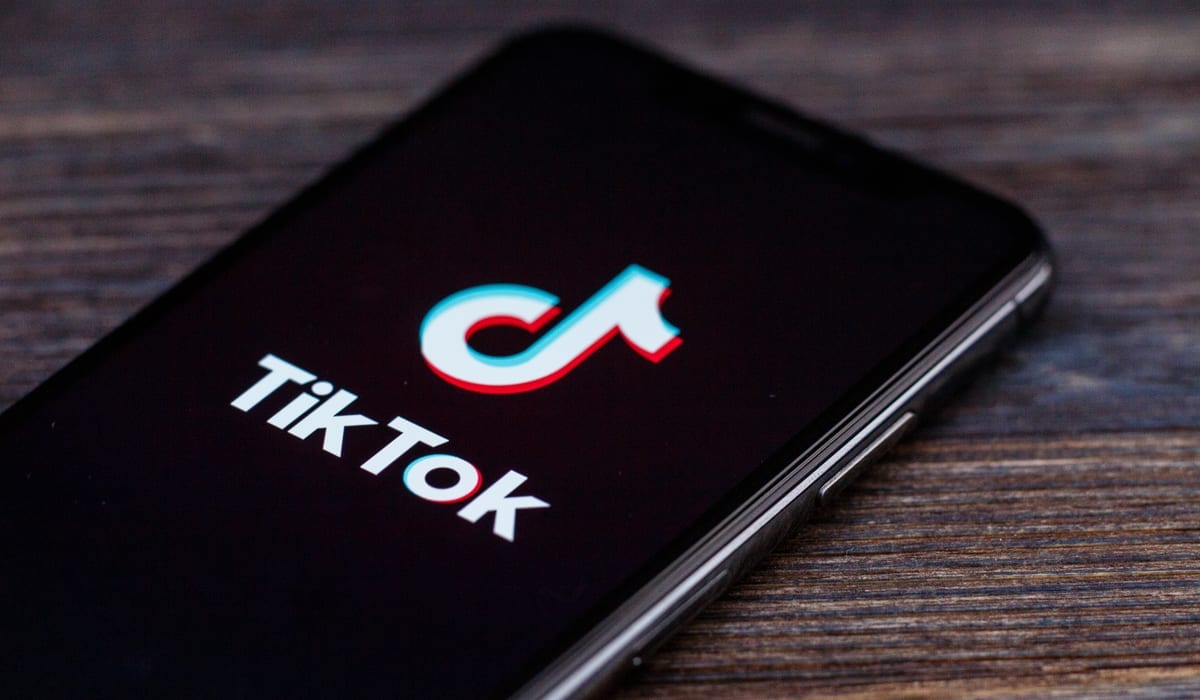Although its strapline, ‘Don’t Make Ads, Make TikToks’, touts it as revolutionary, TikTok will soon reveal itself to be another ‘traditional’ ad business, as its own media strategy makes clear.
Over the summer months I taught a special edition of the Mini MBA in Brand Management for The Marketing Academy. Aside from co-branding kudos and the army of senior scholars that the Academy delivered into my virtual classroom, the other big benefit was the cadre of guest speakers that founder Sherilyn Shackell arranged for the course. Of all of those special guest stars, my favourites were Claire Spaargaren and Jorge Alagon from Kantar. They were there to talk to the class about brand tracking, because Kantar is now the global operator of the BrandZ measurement system. The duo were open to any other questions about brand strength and, given the scale, scope and history of the BrandZ database, it was too tempting not to ask a question regarding ad platforms and the future.
“Looking across all that new global brand data,” I asked, “which brand is really smashing it in perceptual terms now and likely to smash it commercially down the track?”
“TikTok,” Jorge shot back without even a pause. “Facebook should be worried.”
The hype that is bubbling up around younger consumers and digital marketers appears to be justified. According to TikTok for Business, the company’s marketing arm, some 17 million UK consumers now spend 66 minutes a day on the app, with the average user opening TikTok 13 times every 24 hours.
These are astonishing numbers. And while personally I’d rather dunk my head in a bucket of cold piss for an hour, I am well aware of the remarkable hold the new platform already has on a significant slice of surprisingly mature friends.
There were many surprises in the breaking news of a foiled attempt by alt-right conspirators to abduct and possibly execute the current governor of the US state of Michigan, Gretchen Whitmer. But the one that grabbed me first was the sight of one of the terrorists – Brandon Caserta – extolling his numb-nut ideology not via Facebook or an obscure Reddit page, but using a 25-second TikTok video.
The ‘digital duopoly’ of Google and Facebook should be worried. Both platforms currently reach significantly larger audiences than their new nemesis. But there is a new game in town.
The 66-minutes-a-day claim might be a bit of a stretch. But, even if a fair bit of sales fertiliser has been applied to the audience metrics being compiled behind TikTok’s newly completed garden wall, the signs now all point to something we have not seen in a long time. A new, global, independent social media platform is rising. A disruptor to those that once disrupted.
The ‘digital duopoly’ of Google and Facebook should be worried. Both platforms currently reach significantly larger audiences than their new nemesis. But with Ofcom estimating that Google averages 43 minutes of user time per day (across all its platforms) and Facebook averaging just 36 minutes, TikTok’s hour-plus claim should set off the digital alarm bells. Factor in the new platform’s spectacular growth trajectory and the message is even more stark: there is a new game in town.
Taking on the duopoly
We’ve lived through a decade of conference bullshit about reducing the duopoly’s grip on the digital advertising dollar through new ‘hard-hitting’ government policies or worthy (very temporary) advertiser bans. Both Google and Facebook have pretended to listen and learn but have actually just charged on regardless, with barely a blip in the respective EBITDAs. There was never any real potential to derail these two spectacular companies. If anything, the threat of sanction helped both platforms appear to be challenged when nothing could have been further from the truth.
But there was always a proper, significant threat to both Google and Facebook. A much older and more eternal foe was always hanging back there in the shadows. I speak, of course, of the real threat to any duopoly: new competition. As brands prosper and grow, they also get big and lazy. And beneath them a new generation of upstart challengers learn from their mistakes and successes and take aim at a new generation of consumers and their thirst for ‘the next big thing’.
Many of the people I have worked with in the world of digital platforms use the term ‘vaporware’ to describe what they sell. It took a while to actually realise what they meant. They run companies bereft of any physical product or infrastructure requirements. They need a giant tech stack and away they go.
Visit the regional office of one of the big social media platforms and, if you apply the appropriate amount of truth serum (only about six pints – this isn’t sports marketing, after all) the team will admit that they are just a satellite sales function. All roads lead back to California, where the only physical assets actually reside. The rest is really just vapour, dressed up in expensive office design. The cumbersome trappings of 20th-century business – like stores, warehouses, front line staff – are simply not required. And gross margin, growth rates and potential scale are unburdened from the traditional gravitational forces of business.
It’s a giant and costly pain in the ass to build the infrastructure and physical presence needed to do traditional business. To physically design a product and then merchandise and deliver it. But there is an upside to these old-fashioned trappings of corporate success. Once they have been built, they prove very effective barriers to entry. Coca-Cola isn’t the best tasting cola. Everyone knows that. But good luck tying to displace it because the brand, ad budget and giant infrastructure stop any startup cola from doing anything about it.
It’s a dance we have seen so many times before. You dangle the organic potential of a new medium and then gradually replace it with a very traditional model of advertising.
Vaporware is different…



